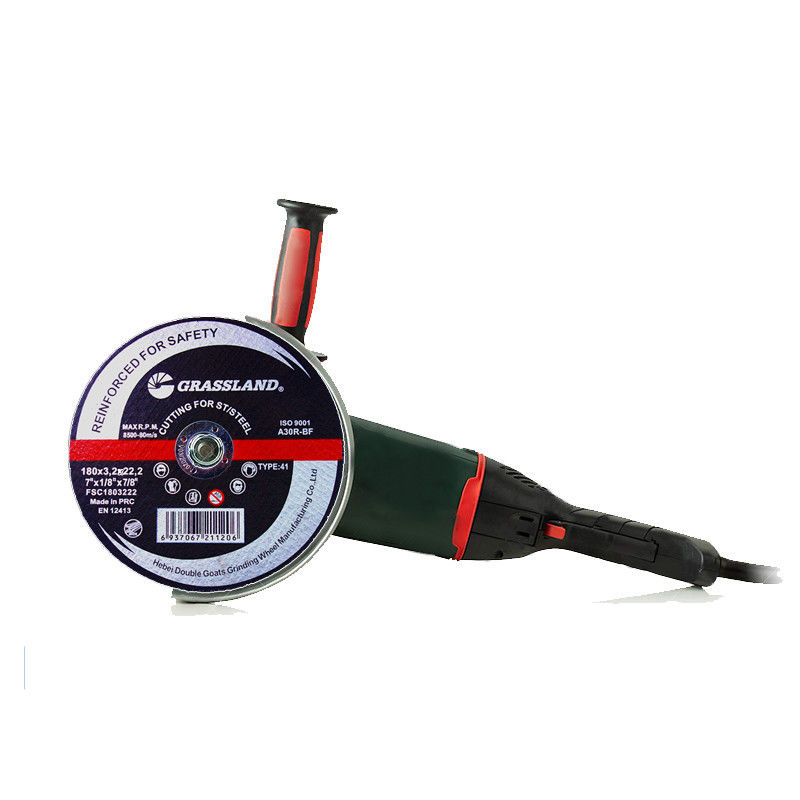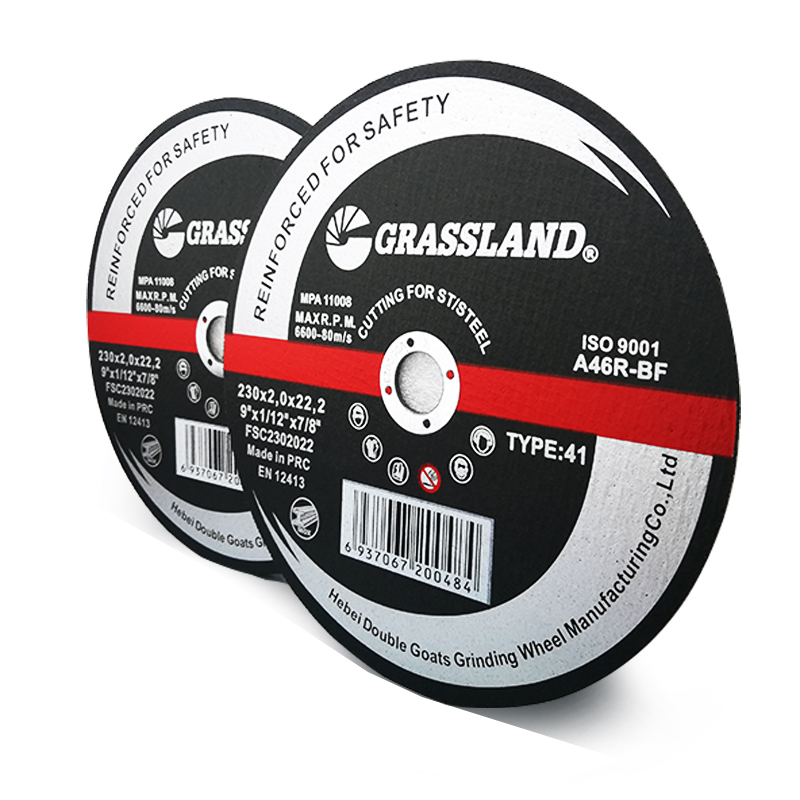What Are Metal Cutting Discs Made Of?
Metal cutting discs, also known as cutting wheels or blades, are essential tools used in various metalworking applications, including fabrication, welding, and repair. Understanding what these discs are made of is crucial for selecting the right type for specific tasks. The composition of metal cutting discs significantly impacts their performance, durability, and suitability for different materials.
Material Composition
Metal cutting discs are primarily composed of three main materials abrasive grains, a bonding agent, and a backing material. Each component plays a vital role in the effectiveness and efficiency of the disc.
1. Abrasive Grains The abrasive grains are the most important component of cutting discs, as they are responsible for the actual cutting action. The quality and type of abrasive grains dictate how effectively the disc will perform. Common types of abrasives include
- Aluminum Oxide One of the most common abrasive materials, aluminum oxide is suitable for cutting various metals, including carbon steel and stainless steel. It offers a good balance between cost and performance and is effective for both general-purpose cutting and grinding.
- Silicon Carbide This abrasive is harder than aluminum oxide and is often used for cutting non-ferrous materials such as aluminum, brass, and fiberglass. Silicon carbide discs are ideal for applications requiring a finer finish.
- Zirconia Alumina This type of abrasive is a mixture of aluminum oxide and zirconium, providing excellent durability and cutting performance
. Zirconia alumina discs are preferred for heavy metal cutting tasks because they can withstand higher temperatures and last longer than other abrasives.2. Bonding Agents The bonding agent holds the abrasive grains together and determines the disc’s structural integrity. Different types of bonding agents are used based on the intended application of the cutting disc. Common bonding agents include
- Resin Bonds Many cutting discs utilize thermosetting resins, which provide flexibility and resilience. These bonds are heat-resistant and contribute to the disc's overall durability, making them suitable for a variety of metal cutting applications.
what are metal cutting discs made of

- Vitrified Bonds Typically used for grinding applications, vitrified bonds are glass-like and offer high strength and rigidity. While they are less flexible than resin bonds, they provide excellent stability during cutting.
3. Backing Material The backing material provides support to the abrasive and bonding agents, enhancing the disc’s strength and stability during operation. Backings are often made of fiberglass or steel, with fiberglass being the more common choice due to its lightweight nature and ability to absorb vibrations. The choice of backing material can affect the disc's performance and its ability to maintain structural integrity under high-stress conditions.
Performance Characteristics
The performance of metal cutting discs is influenced by their material composition. Key characteristics that users should consider include
- Cutting Speed Different abrasives offer varying cutting speeds, which can affect productivity. Choosing the right abrasive for the material being cut can enhance efficiency.
- Durability The lifespan of a cutting disc is a critical factor in cost-effectiveness. Discs made from higher-quality materials generally offer greater durability and can withstand prolonged use, reducing the frequency of replacements.
- Finish Quality The type of abrasive used can influence the finish quality of the cut. Coarser abrasives provide faster cutting but may leave a rougher edge, while finer abrasives can achieve a smoother finish.
Conclusion
In summary, metal cutting discs are essential tools crafted from a combination of abrasive grains, bonding agents, and backing materials. The selection of these components affects the disc's performance, durability, and suitability for specific tasks. Understanding what metal cutting discs are made of enables users to make informed choices, optimize their cutting processes, and enhance productivity in various metalworking applications. Whether for professional fabrication or DIY projects, selecting the right cutting disc is crucial for achieving the desired results.
Post time:Dec - 18 - 2024

















